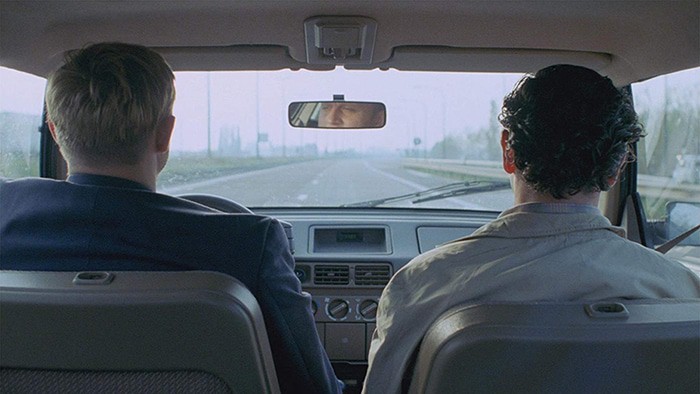The best movies don’t waste a single frame, but realistically speaking, most fumble more than a few. It happens, and you just hope that whatever follows that particular scene fares far better. A film’s last shot, though, doesn’t have that opportunity — it’s the last thing we see before the credits roll. Those final beats are nowhere more relevant than in a horror movie, and perhaps not coincidentally, far too many horror films drop the ball in their final moments.
Too many, but not all. Some go out with the perfect scene, sequence, and shot leaving viewers with a sigh of relief, a punch to the gut, or even the creeping sensation that there’s reason to be afraid even after the television has been turned off and the lights turned back on. To that end we went looking for the best final shots in horror — the end images, the final shots, the last moments before we fade to black.
Keep reading for a look at the 31 best final shots in horror as voted on by Chris Coffel, Kieran Fisher, Brad Gullickson, Meg Shields, Anna Swanson, Jacob Trussell, and myself.


31. Ils (2006)
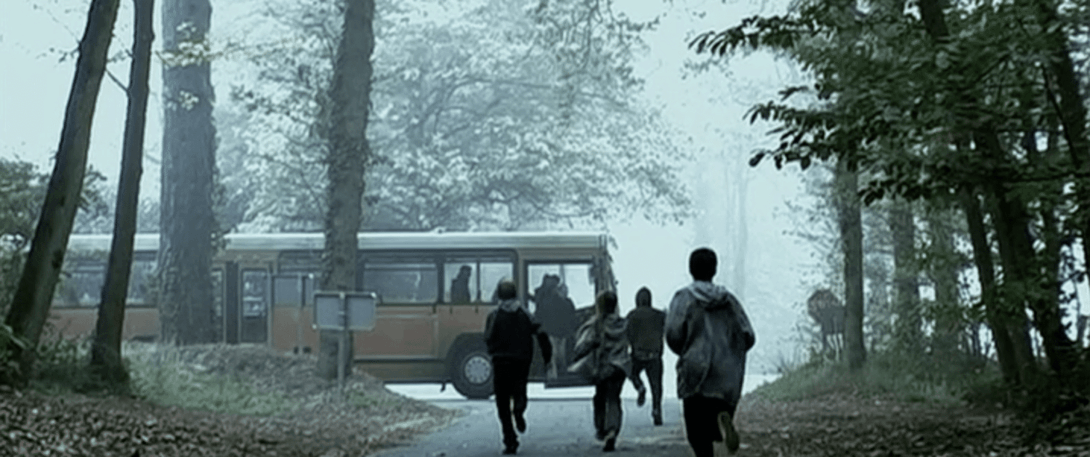
The Shot
After a night of being attacked by anonymous intruders, Clémentine and Lucas have both been violently murdered. As the next day begins the killers emerge from the woods — they’re all children. Following the events of the previous nights, the kids exit the woods, walk down a road, and board a bus as if it was an ordinary day. The film’s closing text insinuates it as being based on a true story. Even without this claim, the image itself is enough to horrify as we are left to consider how casual even young children could be about brutal violence. Kids do the darndest things! – Anna Swanson
30. Little Shop of Horrors (1986)
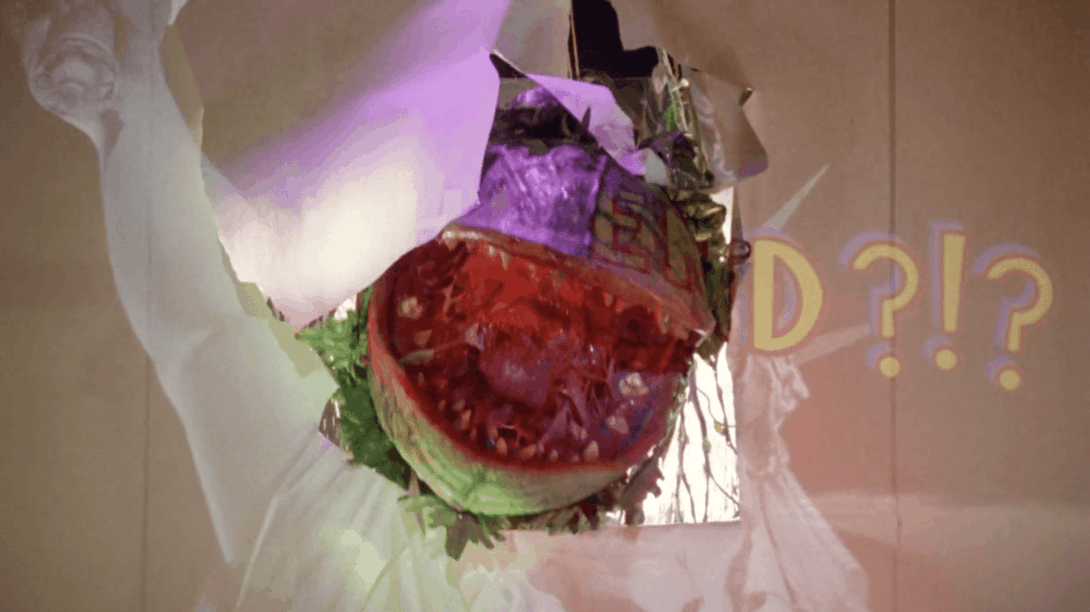
The Shot
The theatrical ending for Frank Oz’s opus Little Shop of Horrors is wonderful, leaving us lingering on a budding Audrey II planting roots in Audrey I’s Rockwell-esque ‘Somewhere That’s Green’. We’re left with a mischievous hopefulness where our heroes prevail but danger is never far behind. But the alternate, and original, ending is where it’s at. Not only in the fact that we get one of the stage show’s best songs, “Don’t Feed The Plants,” but we get marauding Audrey II’s terrorizing the globe, destroying cities Godzilla-style until the final fatal frame: a roaring Audrey II breaks the fourth wall, literally. Audrey II’s boisterous laugh bursts through the “screen” leaving the audience with the sinking feeling: maybe we’re next. – Jacob Trussell
29. Thirst (2009)
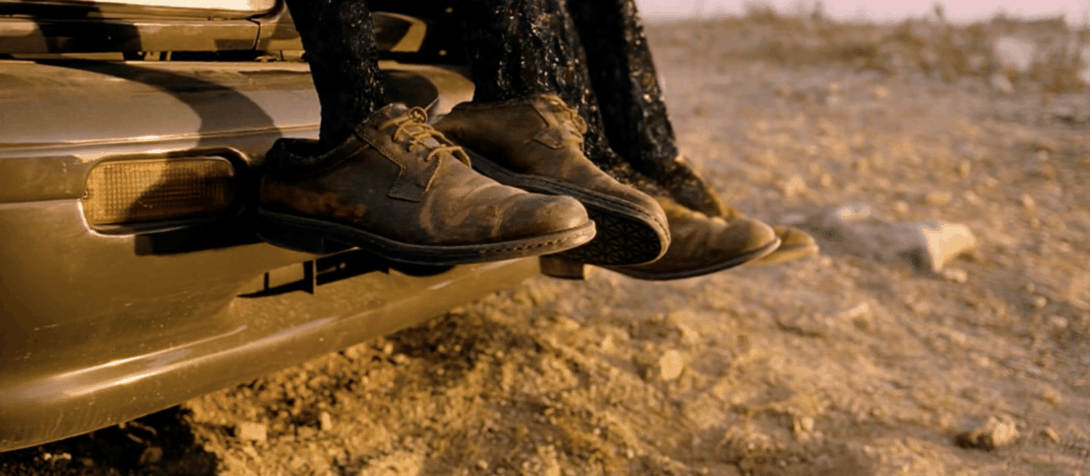
The Shot
Park Chan-wook‘s foray into the world of vampires is among the best of the sub-genre, and it’s filled with beauty, terror, and the darkest of humor. His vampires are far from elegant creatures and instead betray their human origins at every turn in their impulses, emotions, and desires. Tae-ju (Ok-bin Kim) is the epitome of all of that, and after a lifetime spent flipping off her shoes to feel the earth below her feet as she runs away from her pains she’s found new sensations as a vampire. Unfortunately for those around her, those sensations often involve their suffering, and when Sang-hyun (Song Kang-ho) decides to end it for both of them by stranding them in an open field at sunrise she fights back with everything she’s got. Finally, reluctantly, she accepts her fate by his side, joins him on the hood of the car, and puts on her old pair of shoes. The sun begins to char their flesh, their muscle and bone turn to ash, and the shoes fall to the dirt.- Rob Hunter
28. The Conjuring (2013)

The Shot
While The Conjuring is not for want of jump scares, they certainly don’t define what makes the film scary. That said, we’ve been hardwired to anticipate screamers and James Wan knows it. In the film’s final moments, we zoom in on a cursed object: a music box, outfitted with a mirror we know reveals ghosts. But nothing appears, and the gotcha stinger never comes. Which is somehow much, much, worse. Guess I’ll hold my breath till the sequel. – Meg Shields
27. The Beyond (1981)
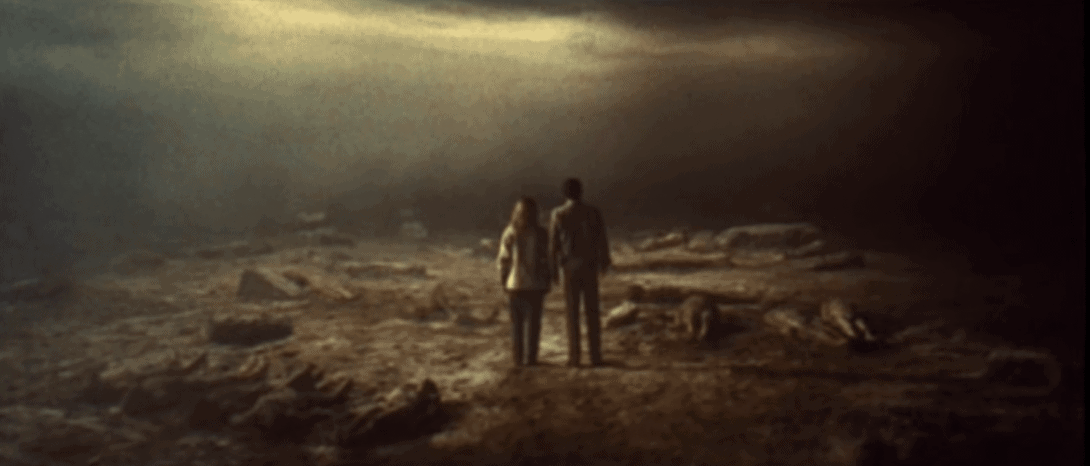
The Shot
Zombies, spiders, more zombies, a possessed dog, and even more zombies can make any home renovation a nightmare, and that’s exactly what Liza finds after inheriting an old hotel in Louisiana. She and a new friend face off against the monstrous threats while searching for the cause, but when they escape the undead it’s into a whole new kind of hell. They wander into another world, an ethereal landscape reeking of death and oppression, and as they stare at their new home and the eternal suffering that awaits them they’re stricken blind in one last supernatural injustice. They now belong to the “sea of darkness.” – Rob Hunter
26. Race With the Devil (1975)
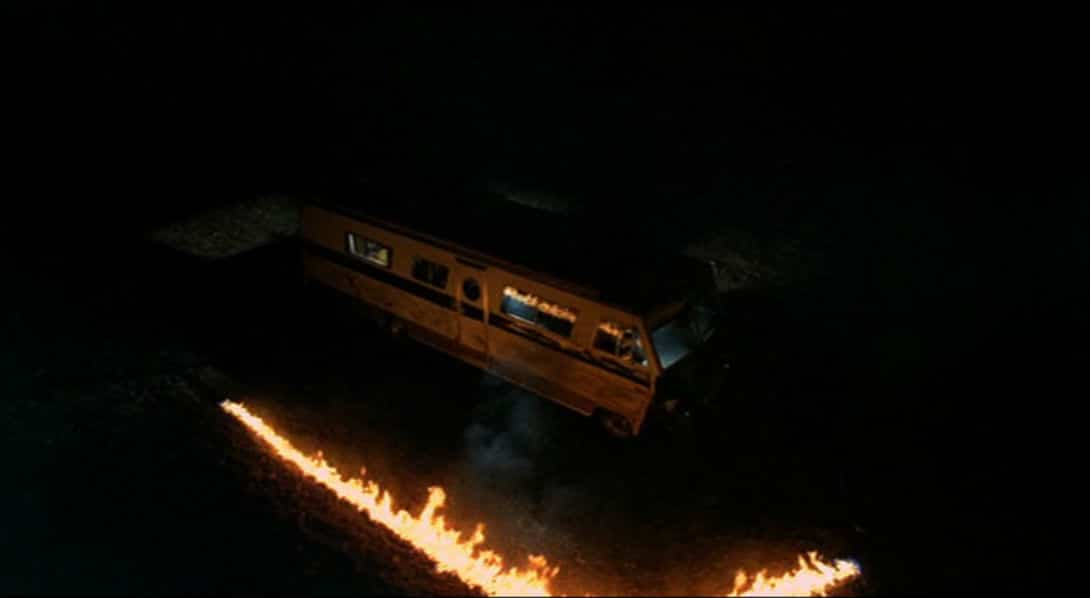
The Shot
Satanists are everywhere. They’re our policemen, neighbors, the strangers we meet only to realize later that they’re not so kind after all. Think Operation Mayhem from Fight Club only attired in sexy robes. At least that’s what Satanic Panic movies of the 70’s would have you believe anyway. Race with the Devil is one of those movies, and it teaches us that meddling in business that has nothing to do with us is a bad idea. As the ending shows, there’s no escaping the wrath of cultists, because they’re eyes are all over. This final shot is a gut punch, and I love it. – Kieran Fisher
25. Halloween III: Season of the Witch (1982)

The Shot
A desperate Tom Atkins yells into a gas station telephone like a mad man, pleading to have a commercial removed from television. While we cannot hear the conversation on the other end we can safely assume they view him as a raving lunatic, but what if he’s right? The commercial is removed from one channel, and then another, but unfortunately it’s too late to stop the third and final one. As the delightfully delirious Silver Shamrock theme blares from the TV set Atkins lets out an emotional scream, his sweet, stylish ‘stache fully in frame, and we cut to black. Brilliant. – Chris Coffel
24. Spring (2014)
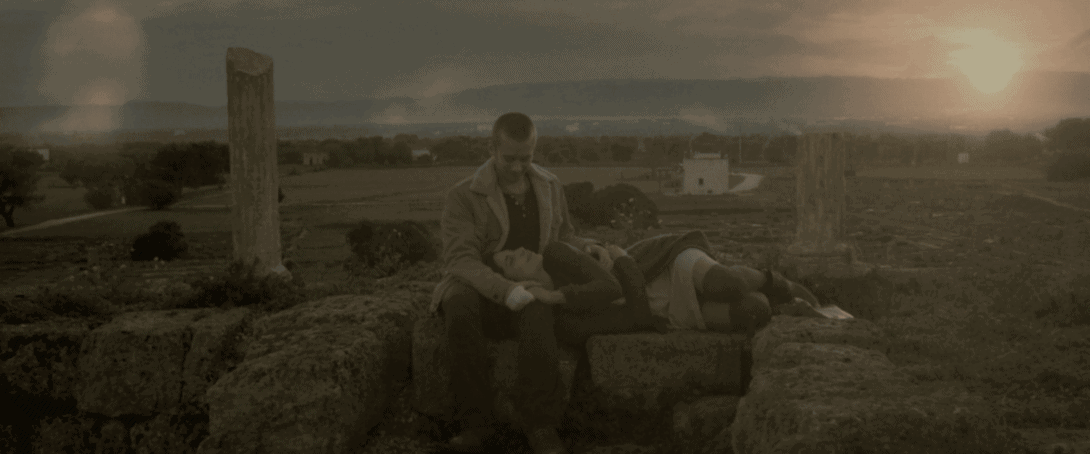
The Shot
Does your love matter? While you may feel changed by its emotion, the question of whether that love has the power to change another is a terrifying proposition. Evan (Lou Taylor Pucci) loves Louise (Nadia Hilker), but as a mortal man caught up inside the infatuation with an immortal sea creature, that love cannot halt centuries of evolution. He demands the impossible from her, and that request scares Louise. Men are usually her fodder. Evan and Louise sit upon the ruins of Pompeii, the town in which she was born, and as the sun rises behind them, Mount Vesuvius erupts, ending its 70-year dormancy. The final wide shot of Spring is about as blissfully romantic as monster movies can get. Despite some rather graphic sounds indicating a biological metamorphosis, Evan looks down upon Louise and sees no beast, only the woman he adores. His love meets her love, and they are both forever changed. – Brad Gullickson
23. 30 Days of Night (2007)
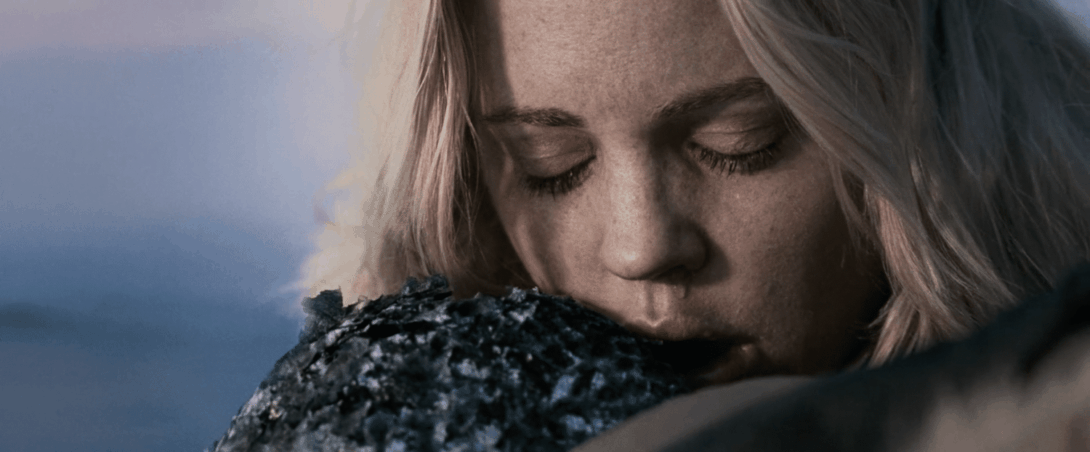
The Shot
The setup to this vampire flick is genius — vampires descend on a small Alaskan town as it enters a month-long period without daylight — and the execution is equally fantastic. For all the horror and action, though, the film’s heart belongs to the estranged couple trapped there together and forced to fight for survival alongside the other townspeople. Eben (Josh Hartnett) and Stella (Melissa George) make it through to the end, but it comes with a terrible price, and as the sun rises after thirty days of night it burns Eben’s newly undead flesh to ash. Stella holds him tight as he dies in the dawn’s sunlightbefore closing her eyes in a brief return to the darkness. – Rob Hunter
22. Whatever Happened to Baby Jane? (1962)
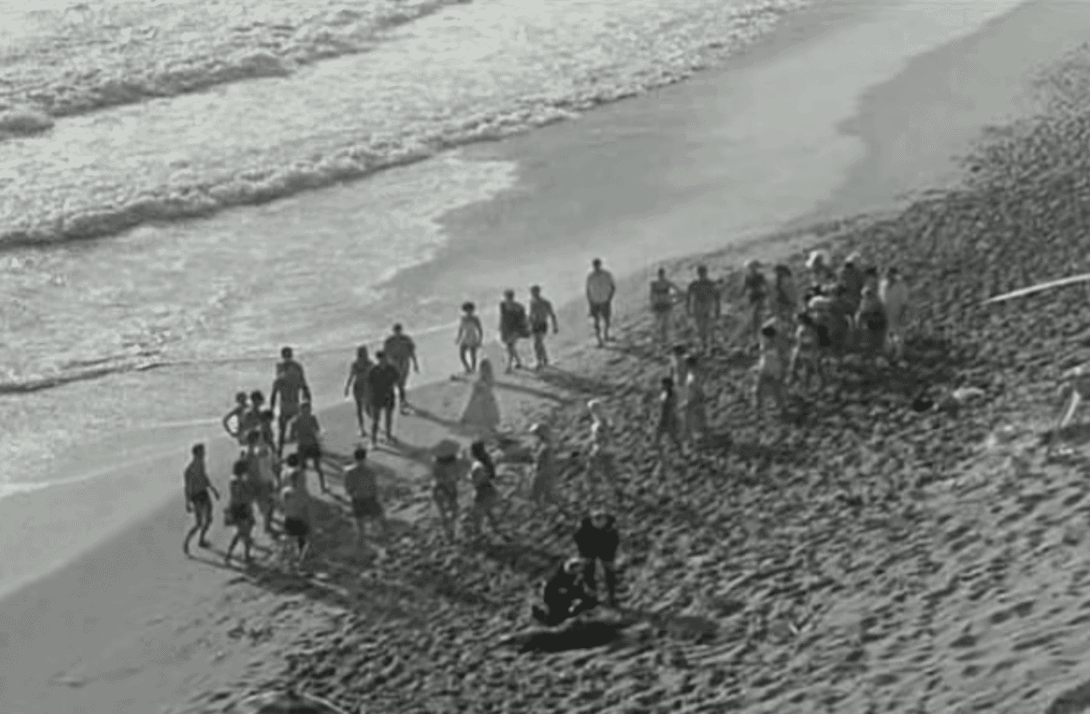
The Shot
We already know how terrifying Bette Davis’ titular Baby Jane is, but it’s her final breaking moment that I find most chilling. Confronted with the fact that she did not cripple her older sister years prior, altering both of their lives forever, she whispers “You mean all this time we could have been friends?” Leaving the dying Blanche on the beach, Jane begins dancing as a crowd forms, reverting back to her vaudevillian Baby alter ego as police approach. It’s bleak, and tragic, and Jane’s ultimate breaking point. But, in its own twisted way, this revelation also sets her free. Free to live in a fantasy world of her own design, where she is still the star of the show. Forever and ever and ever. – Jacob Trussell
21. The Blair Witch Project (1999)
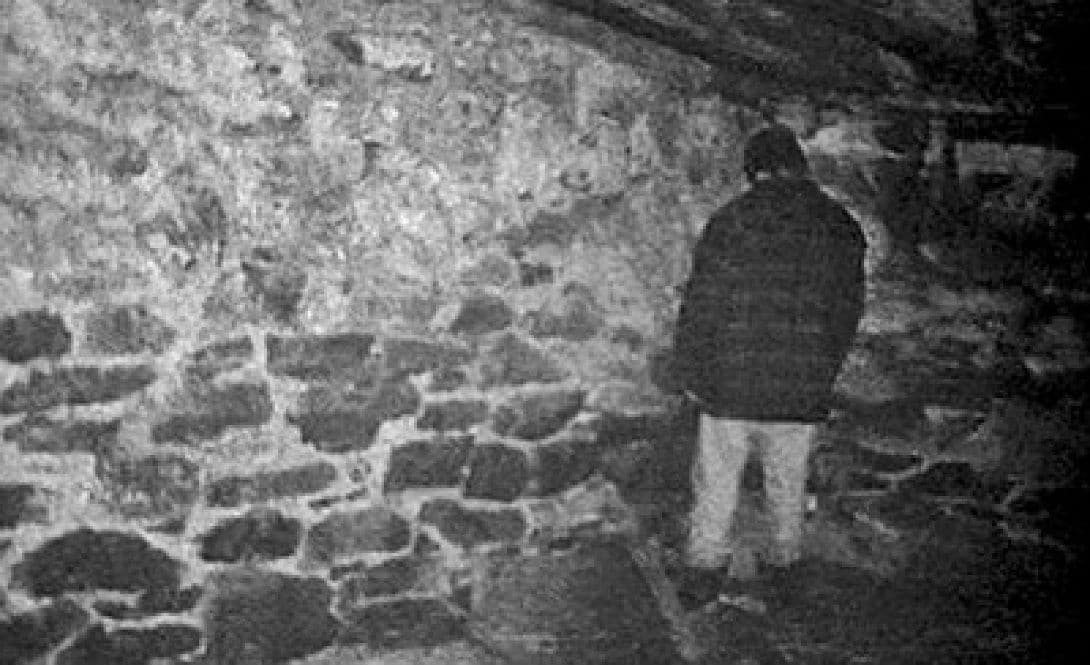
The Shot
As Heather and Mike search the abandoned house looking for Josh they become separated and Heather discovers Mike in the basement facing the wall. The film has brilliantly build tension to the point that this simple image of him turned away from her elicits feeling of deep seated unease and fear. Heather’s screams are ones of total and overwhelming terror as she realizes she’s now been left alone to face the force in the room with her. The final frame of this shot — the camera knocked away from Heather so it faces the wall while lying on its side — dislocates us from our identification with the person who was holding the camera. We’re left alone with no answers, only our imaginations to fill in what horrors could be happening off screen in the moments before the film cuts to black. – Anna Swanson
20. I Saw the Devil (2010)
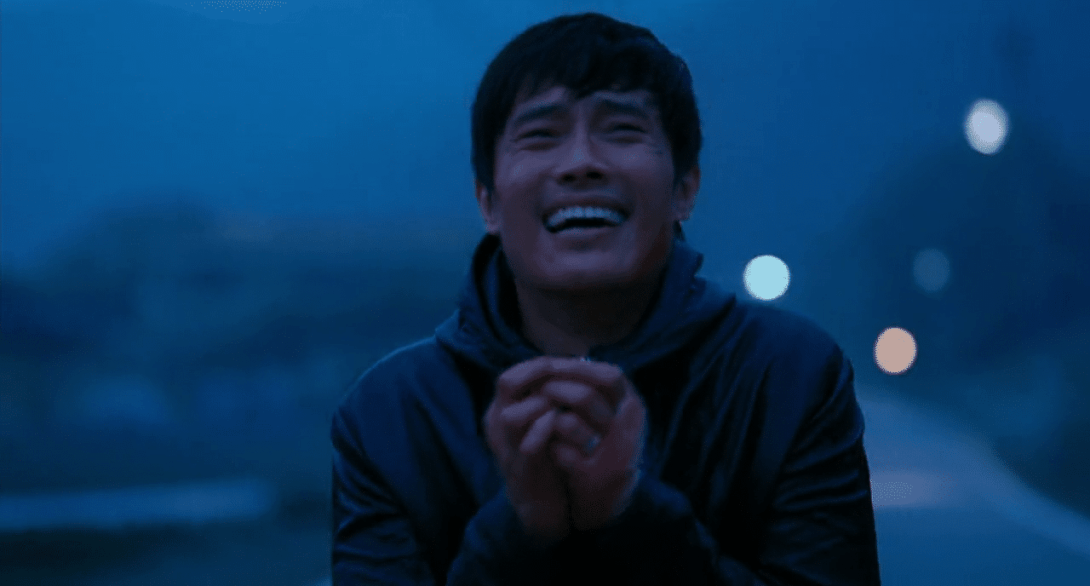
The Shot
When you embark on a journey of revenge, dig two graves. Or three graves. Uh, better make it a half dozen, maybe a full dozen. After completing an epic hunt to capture and kill the man responsible for murdering his fiancé, NIS agent Kim Soo-hyun (Lee Byung-hun) meanders down the center of a street listening to the machinations of his vengeance trigger via an earpiece. Do the sounds bring him satisfaction or pleasure? Of course not. The final shot of I Saw The Devil takes no pleasure in documenting the climactic misery of Soo-hyun. As he halts his march down the road, clawing at his eyes, and sobbing, the shot continues its retreat, leaving him to the hell of his own making. What comes after the fade to black? Nothing. – Brad Gullickson
19. [Rec] (2007)

The Shot
This is one of those movies where you don’t foresee a happy ending. The sense of threat is palpable in every scene and as soon as shit hits the fan, it feels like only a matter of time before inevitable doom comes knocking. But our protagonists put up a good fight all the same, and for a while we’re even given some false hope. Then when the final shot takes away any shred of hope we foolishly allowed ourselves to have, it’s a real kick in the teeth. – Kieran Fisher
18. Poltergeist (1982)
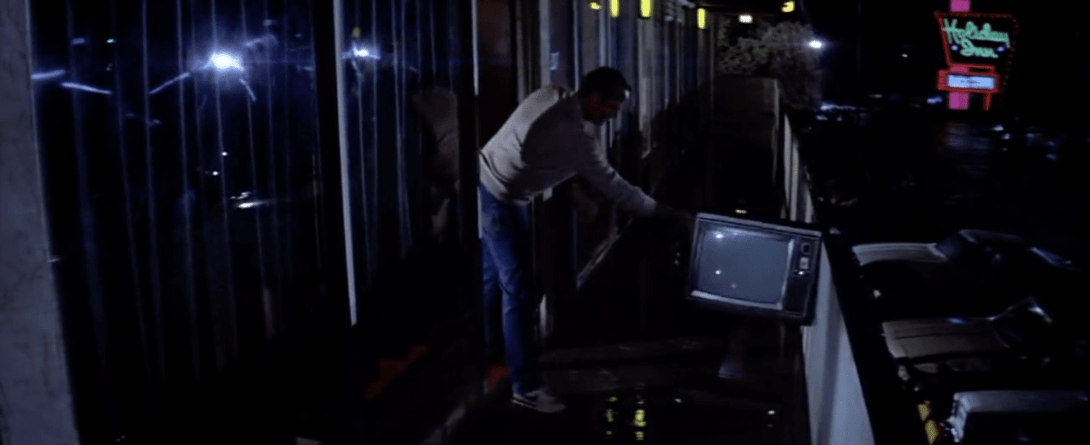
The Shot
Tobe Hooper‘s collaboration with producer Steven Spielberg gifted movie lovers with one of the best and spookiest haunted house movies ever made. It’s terrifically scary, but it succeeds equally on the strength of its characters and humor. Those two elements cap off the film beautifully as the family — after surviving the ghostly terrors, rescuing their daughter from the creepy TV, and watching their home eat itself — finds solace and overdue relaxation in a motel room. While most horror movies these days feel compelled to end with an additional scare, here we’re given more humanity and humor as the closed motel room door opens and the father wheels the room’s television out onto the walkway. Better safe than sorry. – Rob Hunter
17. Christmas Evil (1980)
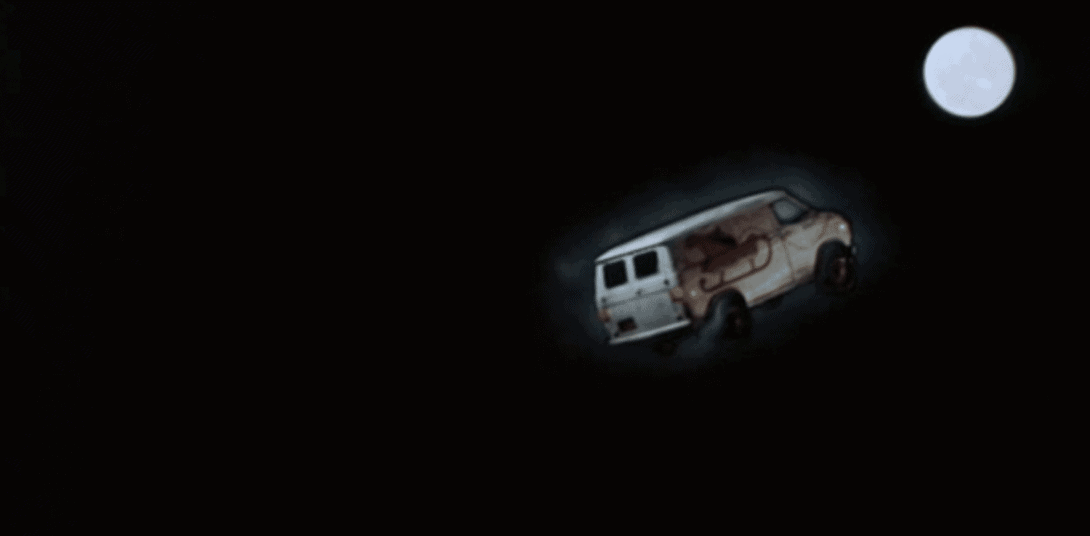
The Shot
If you are like me, then the finale of Christmas Evil is what cements the film as a true lost classic. A film apart from its more Slasher Santa-centric brethren, Christmas Evil plays as a bizarrely sweet psychodrama with explosions of violence. But as Harry’s fugue state deepens, being chased by his brother and a torch bearing community, he drives off a bridge. While we hear what are ostensibly the sounds of his van crashing, what we see is something wholly unexpected. His van, with Santa’s sleigh painted on the side, continues flying, curving upwards towards the moon as Harry looks on in bewilderment. In voice over he recites the last lines of “The Night Before Christmas” as his van disappears. For a film filled with a macabre sense of the yuletide spirit, it’s the perfect button on a surreal Christmas story. – Jacob Trussell
The post The 31 Best Final Shots in Horror appeared first on Film School Rejects.








